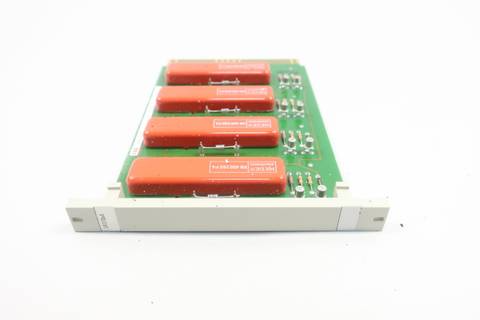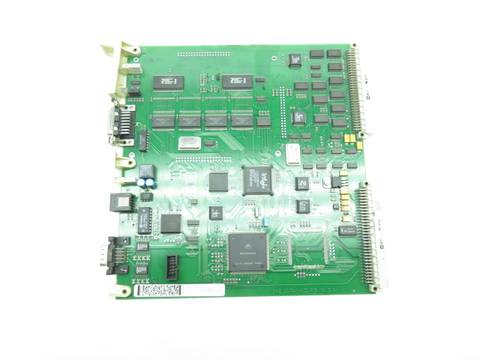LAMP TRIGGER 101935-217

LAMP TRIGGER 101935-217: A Crucial Component in Industrial Automation
Welcome to the AE Automation Ultra blog, where we deliver cutting-edge automation technologies. Today, we dive into a vital component of electrical engineering—the LAMP TRIGGER 101935-217. This device plays a pivotal role in various applications, particularly in industrial automation and renewable energy sectors.
The Importance of the LAMP TRIGGER 101935-217
The LAMP TRIGGER 101935-217 is designed to control and manage the operation of lighting systems in an industrial environment. This device is essential for ensuring efficiency, reliability, and safety in electrical systems. In the world of electrical engineering, the importance of reliable components cannot be overstated. The LAMP TRIGGER is engineered to handle high-voltage applications with precision, reducing the risk of electrical failures that could lead to costly downtimes.
Technical Specifications (IEC60947-2)
Understanding the technical specifications of the LAMP TRIGGER 101935-217 is crucial for any electrical engineer or automation professional. This device adheres to the IEC60947-2 standard, which outlines the requirements for low-voltage switchgear and control gear. Here are some key specifications:
- Rated Voltage: The LAMP TRIGGER supports a voltage range suitable for various industrial applications, ensuring compatibility with a wide array of systems.
- Current Rating: This device can handle significant current loads, making it ideal for high-demand lighting systems.
- Operating Temperature: Designed for harsh industrial environments, the LAMP TRIGGER operates efficiently within a wide temperature range.
- Protection Class: It features robust protection against dust and moisture, ensuring longevity and reliability in challenging conditions.
- Control Mechanism: The device employs advanced control techniques that enhance operational efficiency and reduce energy consumption.
Applications in Industrial Automation
The versatility of the LAMP TRIGGER 101935-217 allows it to be employed in various industrial automation applications. Some notable uses include:
- Manufacturing Facilities: Here, it ensures proper lighting for safety and improved productivity.
- Warehouses: Automated lighting systems powered by the LAMP TRIGGER can significantly reduce energy costs while providing optimal visibility.
- Process Industries: In environments where safety and precision are paramount, this device helps maintain consistent lighting conditions.
Renewable Energy Applications
As industries shift towards sustainable practices, the importance of the LAMP TRIGGER extends into renewable energy. Its role in solar energy systems, for instance, is notable:
- Solar Farms: The LAMP TRIGGER is used to manage lighting systems that are essential for maintenance and monitoring of solar panels.
- Wind Energy: Proper lighting in wind turbine installations is crucial for safety, particularly in remote locations.
Conclusion
In summary, the LAMP TRIGGER 101935-217 stands as a testament to the importance of reliable electrical components in industrial automation and renewable energy. By adhering to IEC60947-2 standards, this device not only enhances operational efficiency but also contributes to safety and sustainability in various applications. For more information on automation technologies, visit fanucultra.com.
For authoritative resources, you can also check the IEC (International Electrotechnical Commission) website at IEC.










